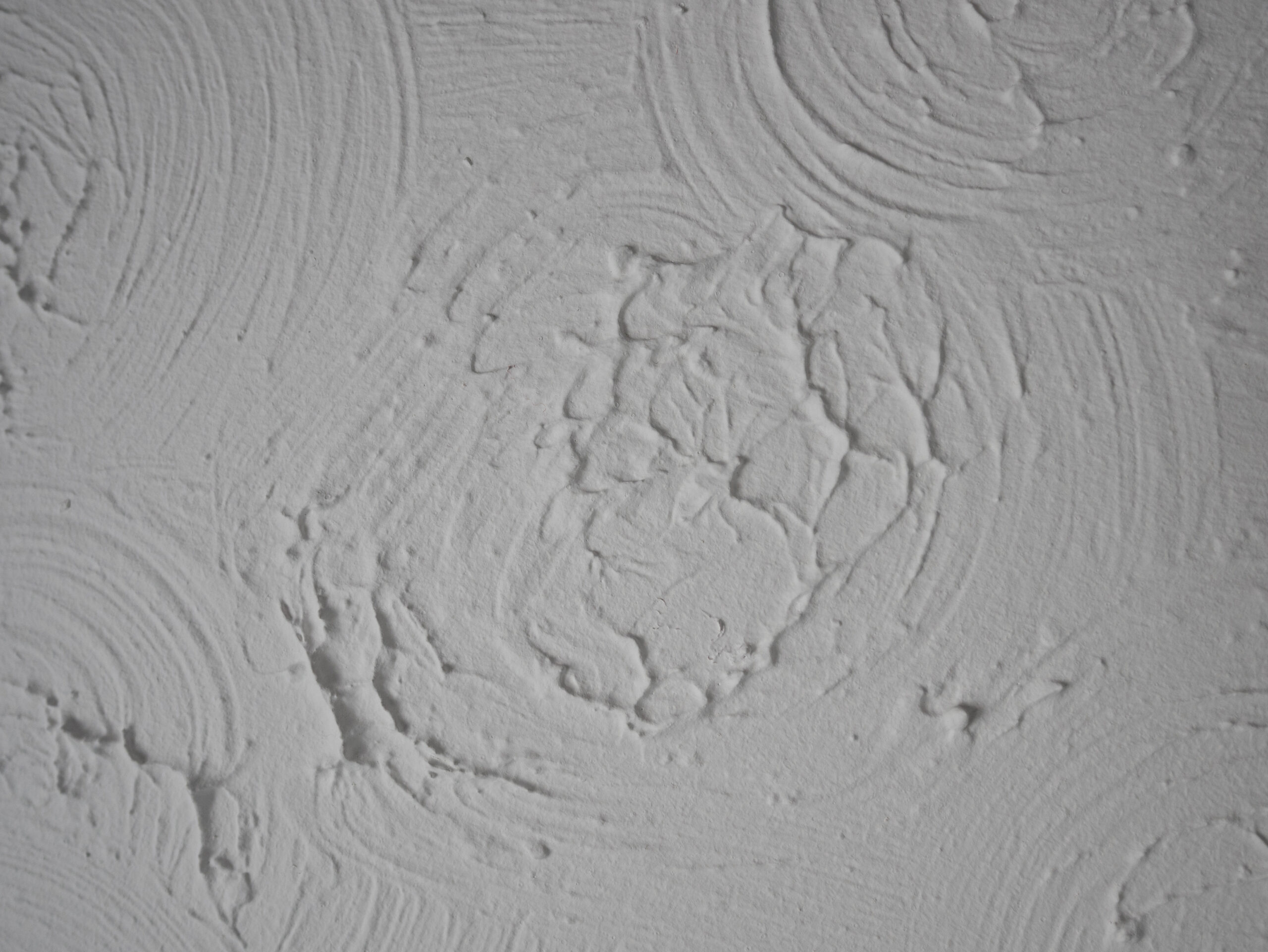Have you ever encountered Artex, that captivating material embellishing walls and ceilings with mesmerizing textures? Let us delve into the origins and composition of this enigmatic substance. Artex, a renowned brand, emerged in 1935, allowing decorators to bestow surfaces with intricate patterns such as swirls, stipples, and fans. The etymology of the name Artex remains a subject of debate. Some assert that it emerged from the fusion of “Artistic” and “Texture,” symbolizing its decorative prowess.
Conversely, others speculate that it alludes to the inclusion of asbestos, denoting “Asbestos Reinforced Textured Coating.” Over time, Artex merged with Blue Hawk and was ultimately acquired by Saint Gobain. While alternative manufacturers produced similar textured finishes, the unparalleled success of Artex rendered the brand synonymous with the entire category.
The burning question arises: does Artex, specifically textured coatings, contain asbestos? It is worth noting that older iterations of Artex commonly incorporated Chrysotile, widely known as white asbestos. The asbestos content in Artex was relatively low, typically ranging from 1% to 2%, although in certain instances, it could reach 4%. Notably, Chrysotile asbestos was not banned in the UK until 1999. However, Artex phased out asbestos in its textured coatings from the mid-1980s onwards, while other manufacturers persisted in using it, and older stock remained in circulation
Determining the presence of asbestos in Artex poses a challenge. For applications made after 2000, asbestos should not be present. However, the only reliable method for older installations is to have a sample of the material analysed by a laboratory through asbestos sampling.
Now, let us address the crucial matter of whether Artex-containing asbestos poses a hazard. As long as the material remains undisturbed, the asbestos in Artex does not pose an immediate risk. However, if the material is disturbed or removed, it releases asbestos fibres, which can result in potential health risks. Exposure to these fibres can lead to four primary diseases: asbestosis (scarring of the lungs), asbestos-related lung cancer, mesothelioma (cancer of the lung lining), and pleural thickening (thickening of the membrane surrounding the lungs).
The decision to remove Artex containing asbestos depends on its state and potential for disturbance. If the material remains undisturbed, it does not pose a health risk. Alternatively, one can consider plastering over the textured finish with layers of plaster skim or by using overboard techniques. In such cases, it is crucial to document the presence of asbestos for future reference during any work that may cause a disturbance.
When it comes to removing Artex containing asbestos, it should be undertaken by trained and competent professionals following a detailed work plan. Appropriate control measures must be implemented to prevent asbestos exposure and spread. The work would be classified as Notifiable Non-Licensed Work unless it involves minor repairs or removals.
Disposing of asbestos containing Artex demands the utmost care. It is essential to manage it as hazardous waste and transport it to a licensed disposal site or waste transfer station. The company responsible for transportation must possess a valid waste carriers license, ensuring their capability to handle hazardous waste. Moreover, the transporter must complete a Hazardous Waste Consignment Note, attesting that the waste has been transported and disposed of in compliance with the relevant regulations. By adhering to these guidelines, the disposal of Artex containing asbestos can be conducted responsibly and safely.
Embark on this journey cautiously or, better still, call in the professionals.

